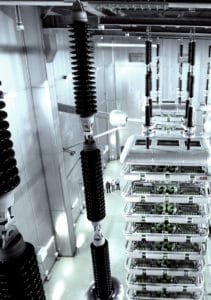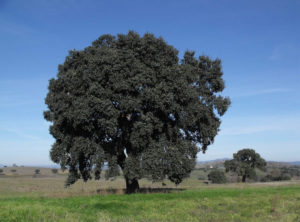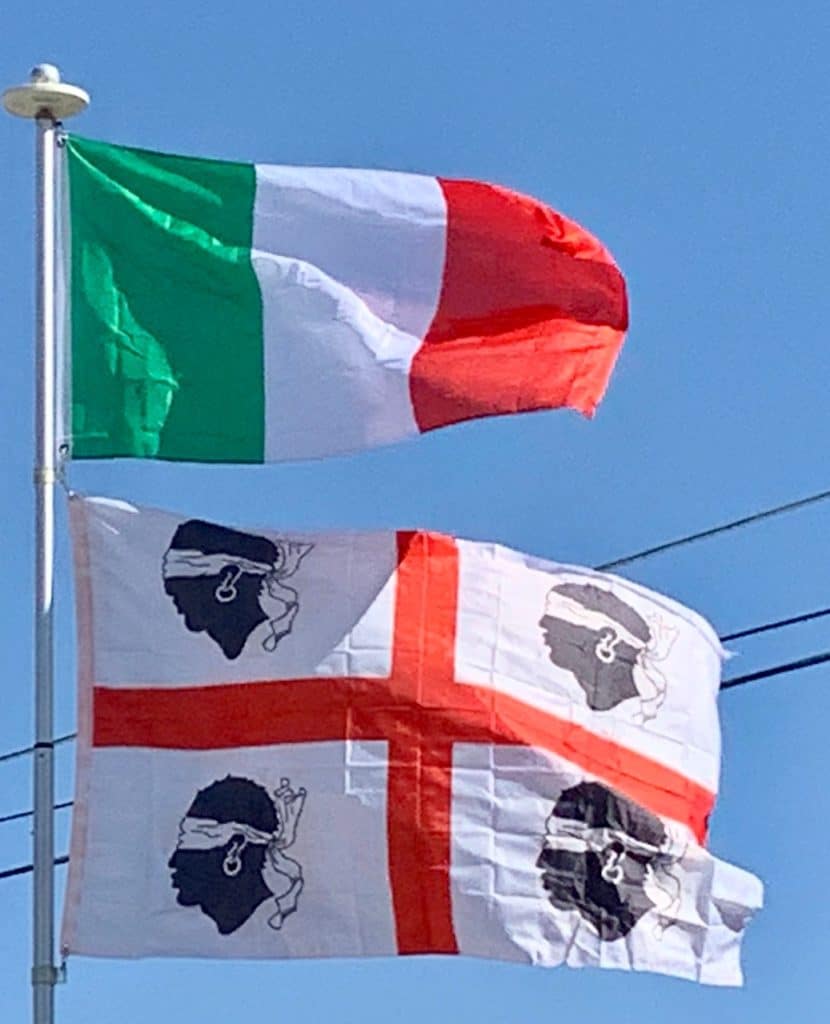
There are chances for Sardinia to become a tax haven, the whole island territory being free by custom duties, vat and excise taxes on fuel; since February 2013, the town of Portoscuso has become the first free trade zone. According to the article 12 of the Sardinian Statute modified by the regional parliament in October 2013: “The Territory of the Autonomous Region of Sardinia is located off the customs line and constitutes a Free Trade Zone enclosed by the surrounding sea; the access points consist of the seaports and the airports. The Sardinian Free Trade Zone is regulated by the laws of the European Union and Italy that are in force also in Livigno, Campione D’Italia, Gorizia, Savogna d’Isonzo and the Region of Aosta Valley”.
Sardinia is home to nearly 4 million sheep, almost half of the entire Italian assets and that makes the island one of the areas of the world with the highest density of sheep along with some parts of UK and New Zealand (135 sheep every square kilometer versus 129 in UK and 116 in New Zealand). Sardinia has been for thousands of years specializing in sheep breeding, and, to a lesser extent, goats and cattle that is less productive of agriculture in relation to land use. It is probably in breeding and cattle ownership the economic base of the early proto-historic and monumental Sardinian civilization from Neolithic to the Iron Age.
Even agriculture has played a very important role in the economic history of the island, especially in the great plain of Campidano, particularly suitable for wheat farming. The Sardinian soils, even those plains are slightly permeable, with aquifers of lacking and sometimes brackish water and very small natural reserves. Water scarcity was the first problem that was faced for the modernization of the sector, with the construction of a great barrier system of dams, which today contains nearly 2 billion cubic meters of water. The Sardinian agriculture is now linked to specific products such as cheese, wine, olive oil, artichoke, tomato for a growing product export. The reclamations have helped to extend the crops and to introduce other ones such as vegetables and fruit, next to the historical ones, olive and grapes that are present in the hilly areas. The Campidano plain, the largest lowland Sardinian produces oats, barley and durum, of which is one of the most important Italian producers. Among the vegetables, as well as artichokes, has a certain weight the production of oranges, and, before the reform of the sugar sector from the European Union, the cultivation of sugar beet.
In the forests there is the cork oak, which grows naturally; Sardinia produces about 80% of Italian cork. The cork district, in the northern part of the Gallura region, around Calangianus and Tempio Pausania, is composed of 130 companies. Every year in Sardinia 200,000 quintals (20,000 tonnes) of cork are carved, and 40% of the end products are exported.

